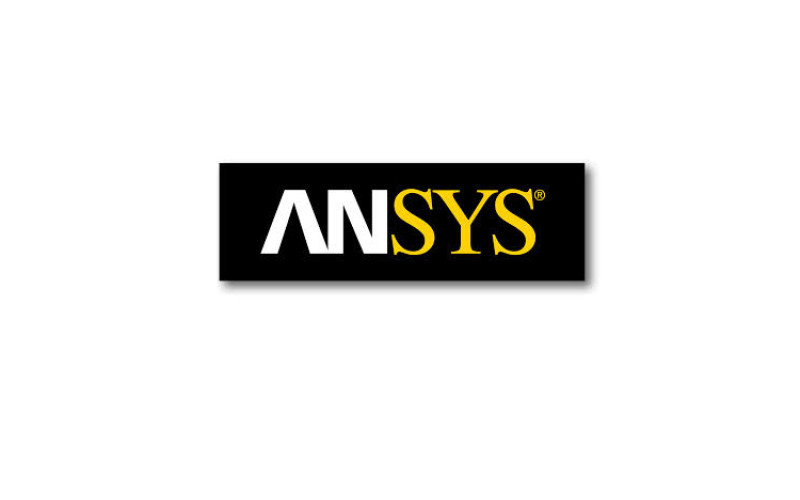Corporations and universities leverage engineering simulation to solve difficult engineering challenges in healthcare, industrial equipment and vehicle engines.
A company developing new spinal instruments to reduce the risks of scoliotic surgery and a university’s examination of how a leather back turtle would weather climate change were among the five winning entries in the annual ANSYS (NASDAQ: ANSS) Hall of Fame image competition.
The contest, which highlights some of the most complex engineering challenges, gives ANSYS users the opportunity to showcase their simulation work by producing eye-grabbing images and animation. For the second year in a row, 2014 submissions were divided into two categories – corporate and academic – and allowed ANSYS to select multiple “best-in-class” winners from each category.
The corporate winners are:
- Andritz Hydro, a global supplier of electro-mechanical systems and services for hydropower plants. Andritz used ANSYS solutions to develop a lighter-weight valve that replaces welds with bolts with controlled tightening, reducing design time and production costs – while increasing valve sales.
- BRP, a world leader in the design, manufacturing, distribution and marketing of motorized recreational vehicles and powersports engines. Using ANSYS, BRP engineers reduced external forces on an engine’s gearcase and observed the effects those forces had on the internal gearcase components. As a result, the company solved surface degradation and speed reduction problems.
- Spinologics, a leader in the development of next-generation medical devices. Spinologics used simulations generated by ANSYS® Mechanical™ to perform patient-specific analyses of scoliotic spine procedures before surgery, which led to the development of a new spinal instrumentation system that could reduce the risks of scoliotic surgery.
The academic winners are:
- National Taiwan University of Science and Technology researchers used ANSYS® Workbench™ to calculate how variations in bone quality, patient geometry and even posture can affect the performance of corrective bone and tissue implants.
- University of Wisconsin-Madison researchers used ANSYS solutions to model a swimming leatherback turtle’s flipper stroke in four zones and four phases to determine the energy expended by the turtle while swimming. This could help predict where this type of sea turtle might survive, as its environment is changing due to global warming.
“Organizations in every industry – particularly in healthcare – are increasingly leveraging simulation to speed products to market and to reduce development costs,” said Sin Min Yap, vice president of marketing at ANSYS. “We see the Hall of Fame submissions growing more complex and sophisticated each year. This year’s applicants truly pushed the boundaries of simulation. These best-in-class winners illustrated how simulation can make a clear and lasting difference in research and product development.”


